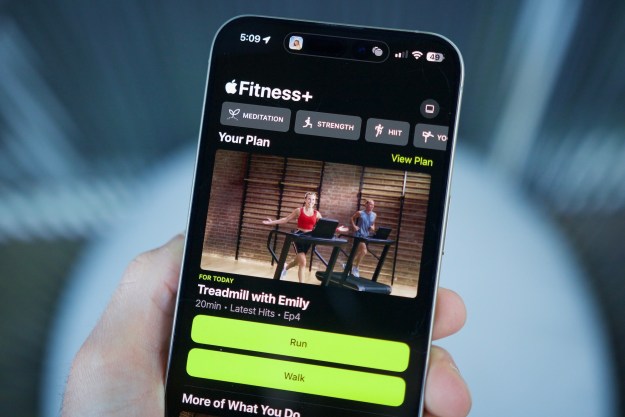
Mobile payment system Square got a huge boost this week after successfully raising $100 million in capital, which places the startup’s value at $1 billion, reports the Wall Street Journal. The cash injection was led by venture capitalist firm Kleiner Perkins Caufield & Byers.
The $100 million is the result of a third round of funding. In the previous round, which took place in January, Square raised $27.5 million in a round led by Sequoia Capital. This valued the company at $240 million, or one fourth of its current estimated value. The leap to $1 billion marks an impressive feat for a company that is only eight months old.
Of course, it helps that the company is led by Jack Dorsey, founder of Twitter. His leadership has helped the company quickly establish itself as a competitor to PayPal, and the growing number of NFC payment systems that have popped up in the past six months.
In addition to the funding, Square also another heavyweight to its ranks: Kleiner Perkins partner Mary Meeker, who will join the company’s board of directors. “We’re making a bet that Square has the right product at the right time,” Meeker told WSJ.
Square offers free credit card readers to any vendor who signs up for its payment processing service. The (square-shaped) card reader plugs into the headphone jack of a tablet or smartphone, which essentially allows anyone to be able to process credit card payments. Square takes a 2.75 percent cut from each transaction. Currently, Square is processing $4 million in payments per day, which is twice the amount flowing through its systems only two months ago.
The success of Square comes at a price for Dorsey and the rest of the Square team. Business Insider reports that Dorsey works between 16 and 20 hours per day, spending half his time with Square and the other half with Twitter. Square employees have been asked not to take vacations. And one of the company’s engineers is said to have missed his own bachelor party in order to work on a new product.
“At a meeting with his 100 employees, Mr. Dorsey was asked why he ‘guilts’ them into working ‘more than 12-hour days’ and on weekends, pushing them to ‘burn-out’,” reports WSJ.
“‘We have new competitors who want to kill us’, retorted Mr. Dorsey. ‘We have to hold them at bay and move faster than they can imagine’.”


